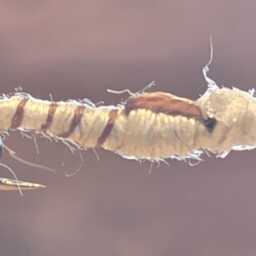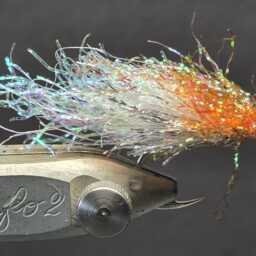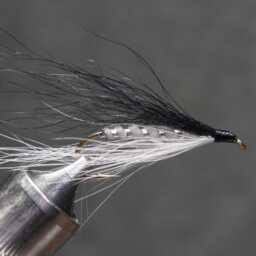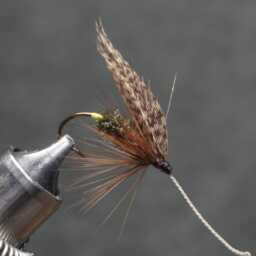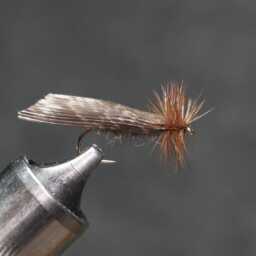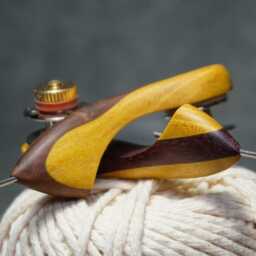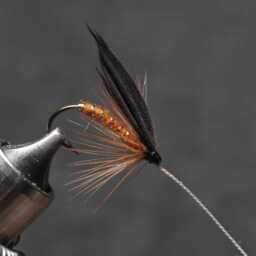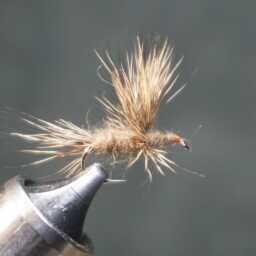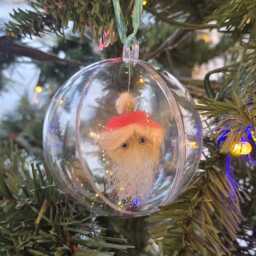Some common uses of the quill are Blue Wing Olive wing material. While the softer plumage can be used for nymph legs or a dark wing case.
Coot feathers have also been used as a substitute for “Blur Eared Pheasant “ and have been used as a Spey hackle on smaller Spey flies.
The American coot, a black or dark gray bird resembling a duck, stands out within the rail family. It sports a black head and neck, an ivory-white bill with a black ring near the end, and yellowish-green legs with lobed feet. Notably, the outer under tail feathers are white. These birds often emit a series of chickenlike notes along with grating and crying sounds, louder and less nasal than the common gallinule.
Measuring between 13 to 16 inches in length, adult American coots have a consistent appearance between sexes. Their body feathers are dark blue-gray, accentuated by darker head and throat feathers. The bill, predominantly white, features a red spot at the base, while white spots grace the underside of their tails and wings. Additionally, these coots sport red eyes, while their chicks boast dark feathers and a red-orange head.
Differing from the similar-looking moorhen, the coot showcases a larger stature, a completely black body without any white patches, and a prominently bright white bill. These birds spend a considerable amount of time diving for food, often steering clear of immediate bankside areas.
Renowned for their adaptability, coots comfortably navigate various environments, swimming openly like ducks and leisurely strolling along shorelines, often seen in places like golf courses and city park ponds. Their social gatherings, typically in groups, showcase their aggressive tendencies and vocal nature, emitting a diverse range of calls during both day and night. Equipped with robust legs and large lobed-toes, coots are commonly sighted walking near ponds, engaging in territorial disputes that occasionally escalate into foot-based confrontations. Their takeoff involves a vigorous wing-flapping run across the water surface before gracefully ascending into flight.
« Back to Glossary Index
